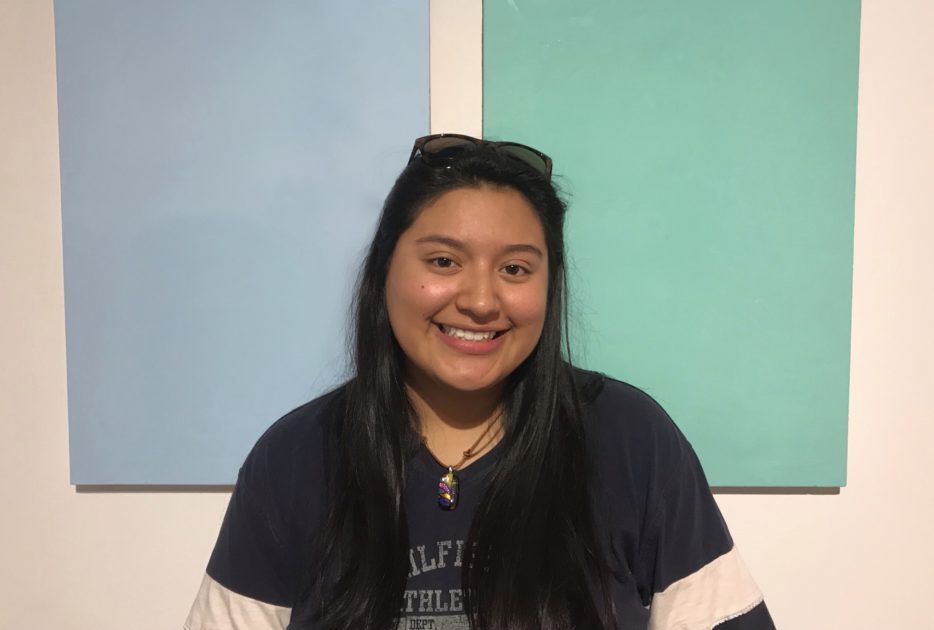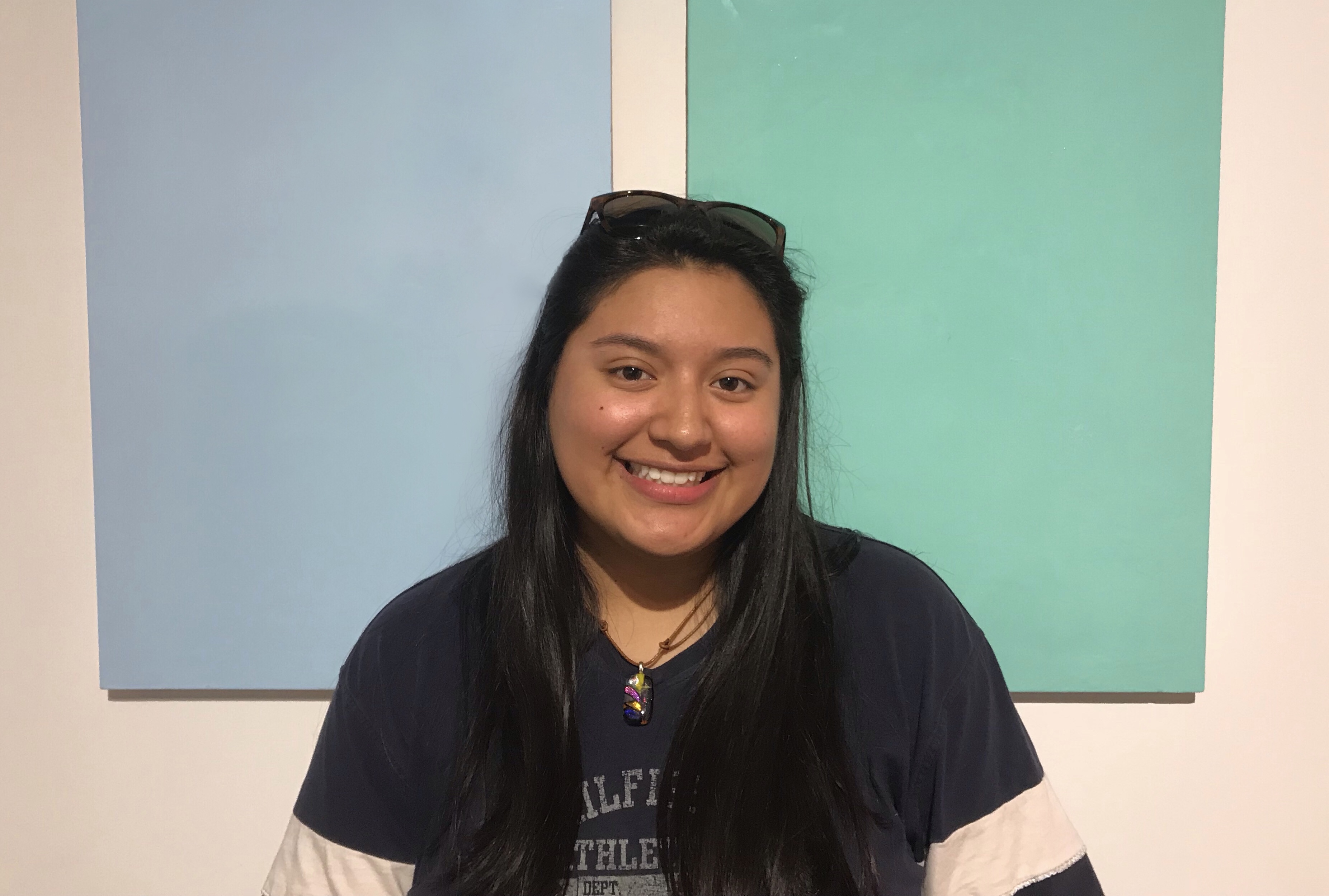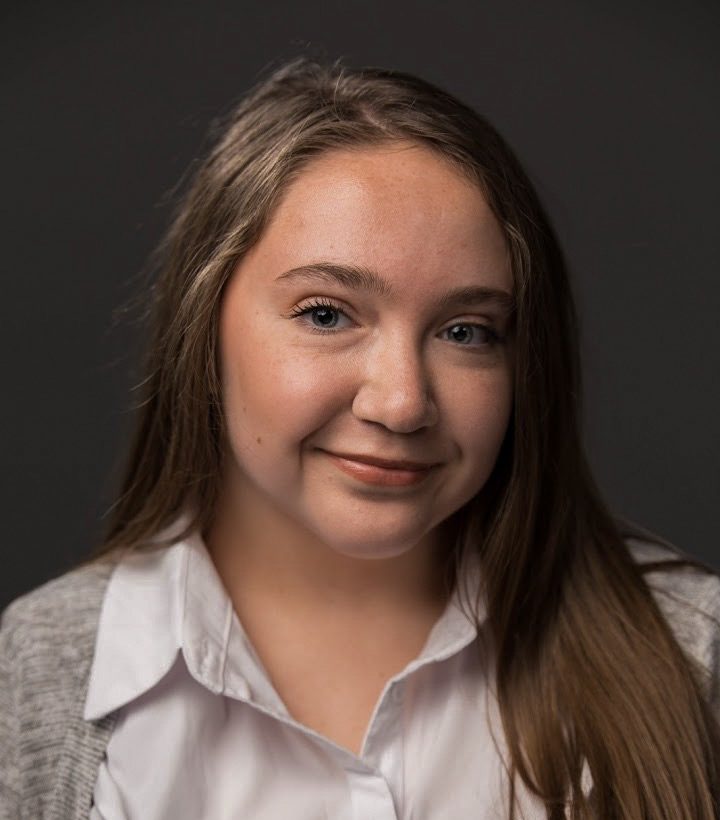Capital is a fairly small university with the number of students enrolled standing at just above 3,000 as of the fall of 2018. The registrar confirms that about 7.7 percent of all traditional undergraduate students are out-of-state students.
The decision process of choosing which school to attend after high school is difficult for most prospective college students, but it’s an especially hefty decision for those who are considering attending school anywhere else but their home state.
Factors such as tuition cost and the adjustment to living in a completely new place definitely come into play when it comes to the decision process.
Tuition cost for attending school out-of-state is almost always substantially more than the standard cost of tuition for those attending the same university in-state. Thanks to financial aid, scholarships, grants, etc., attending school out-of-state can be more than possible for those who are willing to take the leap.
Desireé Molina is a senior studying biology pre-pharmacy and Spanish and is originally from Palmer, Alaska. In order to be financially responsible, she first considered attending the University of Alaska.

She got an email from the university telling her to apply since her application fee would be waived, so that’s what she did. It turns out that she was offered enough financial aid for her to be able to attend.
“Capital’s merit scholarships made it possible for me to attend out-of-state,” Molina said. “I ended up choosing Capital because I fell in love with the campus and I ended up with an amazing scholarship.”
Considering that the university is able to reach prospective students as far as Alaska, it’s easy to wonder how that happens. For some, all it takes is a simple Google search for schools in Columbus and the rest is history.
This was the case for Joanna Rodriguez, a junior athletic training major who was born and raised in Houston, Texas. She always knew she wanted to attend school out-of-state, so she ended up researching schools in Columbus and came across the university.

“I just showed up for orientation and really loved the campus, and the people were nice,” Rodriguez said.
Places like Alaska and Texas differ from Ohio in so many ways, so the transition from living in one place to another is a huge change that understandably takes a bit of time to get used to.
Depending on where you come from, there are things to love about Ohio and things to dislike about it.
“Ohio is very different from Alaska,” Molina said. “There’s a ton more people and Columbus, especially, is so much larger than my hometown of 5,000 people.”
She also said that the thing she misses the most about being in Alaska is the closeness to nature, which she says she doesn’t get enough of living in Columbus.
Rodriguez happens to love Ohio weather compared to Texas, which is mostly just dry and hot all year round.
“Here you really can feel the seasons changing and it getting cooler out,” Rodriguez said.
Life on campus, in particular, offers many opportunities that help out-of-state students adapt to living in a completely new state. Getting involved on campus is important when it comes to being surrounded by an uplifting community.
“Exploring Columbus and joining a sorority did so much to help me adapt,” Molina said. “I miss my family so much sometimes, but it’s been great to have new opportunities.”


